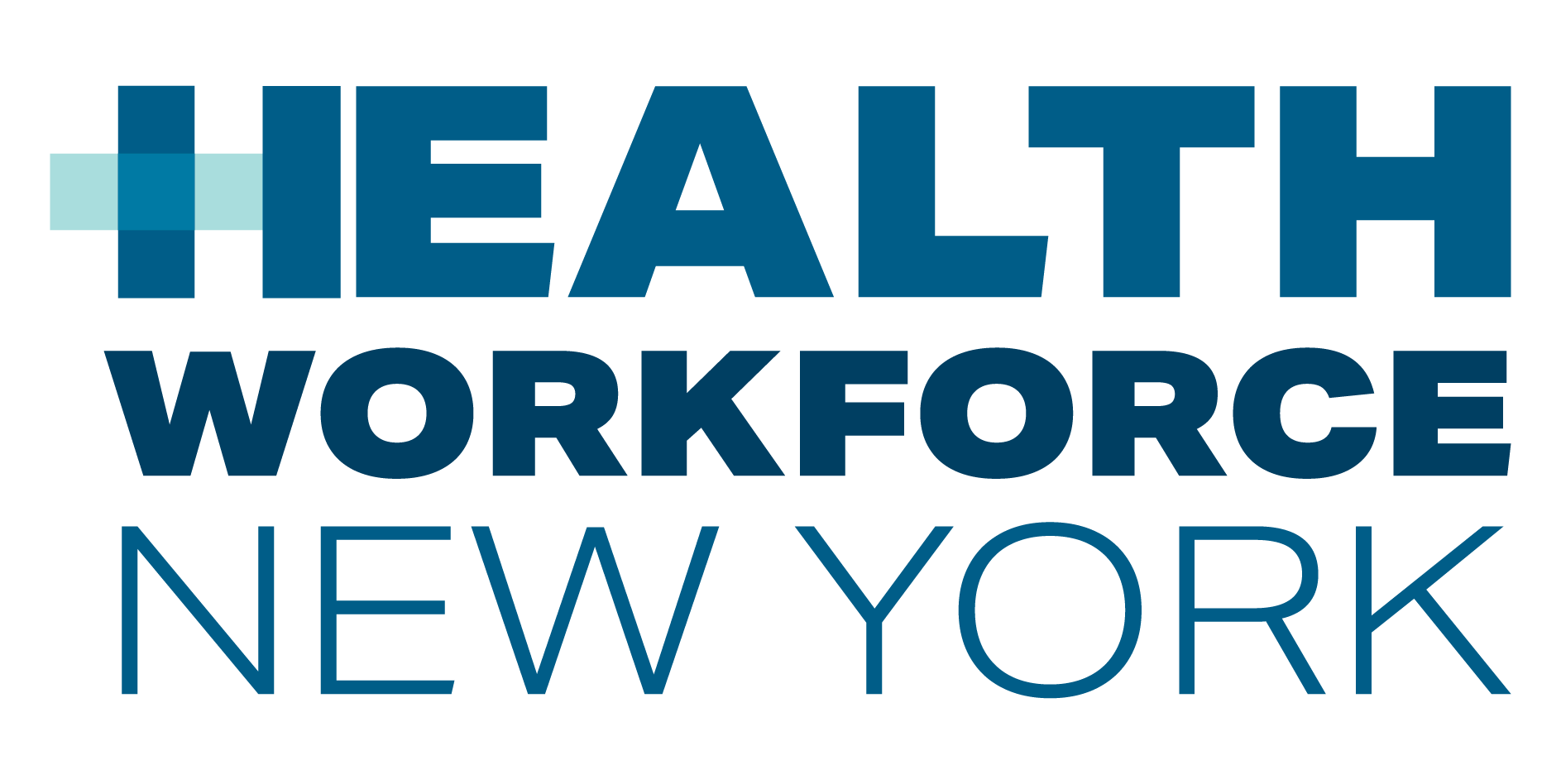With the projected increases in the need for medical laboratory professionals, and the current high vacancy rates, the profession is suffering from a workforce shortage that is approaching crisis levels.
(The American Society for Clinical Laboratory Science)
Workforce crises are not new to the healthcare industry. Many vital professions are suffering an employee shortage, including all levels of nursing, physicians, home health aides, and medical lab professionals. Medical laboratory professionals (henceforth MLPs) have suffered a workforce shortage for many years. With retirement rates on the rise and an increase in access to health insurance, more people are seeking healthcare services. Make no mistake, this is a good thing. Unfortunately, there are not enough workers coming into these crucial fields and filling the vacancies.
MLPs provide vital services to healthcare. MLPs include medical laboratory technicians (MLT), medical technologists (MT), medical laboratory scientists (MLS), clinical laboratory technicians (CLT), and clinical laboratory scientists (CLS). MLPs, in general, take blood and other bodily specimens and analyze them to locate the presence or absence of diseases. In addition, they analyze specimens to discern the efficacy of medication. Some MLPs are involved in the treatment process and will typically aid physicians. MLPs can work in hospitals and clinics that have laboratories and proper equipment. MLPs also help reduce diagnostic errors through more accurate test interpretations and test selections (ASCLS).
Research done by the Taskforce Chair of ASCLS, Susie Zanto, shows that by 2026, the need for MLTs in healthcare will rise by 13% (from 2016). This equates to about 43,600 additional jobs. Zanto claims that contributing factors of the shortage include: the workforce retiring, laboratory services are in higher demand, clinical laboratory science are experiencing a change in practice, high vacancy rates, and not enough graduates. To elaborate, Zanto states that retirement rates have increased as the economy has improved. The increase in demand for services can be attributed to population growth, an increase in the 65+ population, and advances in testing technology has lead to more tests. Changes in practice is a product of technological advances and automation. This means that staffing is reduced and MLTs and MLSs have more time to do other tasks. This also means that the workforce needs to know how to navigate and implement the new technology. High vacancy rates differ from place to place, however it is still a common tune everywhere. The top three contributing factors are competition offering better pay and benefits, increase competition for top-trained MLTs/MLSs, and applicants lacking the education or skills to properly do the work. Other contributing factors, according to Zanto, include the high-stress nature of the profession, little opportunity for career advancement, wages, and educational barriers.
According to the American Association for Clinical Chemistry (AACC), another contributing factor to the MLP workforce crisis is due to education programs declining in incoming students and program closures. AACC says, “The nation’s labs need to fill more than 7,000 jobs annually, but U.S. clinical laboratory education programs are producing only about 6,000 qualified laboratory professionals each year.” In addition, because there isn’t enough staff to train future MLPs, therefore less students are accepted into the programs.
There is a dire need for more accessible training programs that can take in more students. One possible solution is shifting some of the training courses online and streamlining training modules that effectively train a larger number of students. This will make much of the education more accessible and partially overcome the staff shortage barrier.
Unfortunately, due to the staff shortage, many employers are forced to hire applicants who don’t necessarily meet all the requirements- including certifications (ASCLS). One solution is to require that applicants have attained the necessary certifications. This can be solved through online training courses and certification programs, as mentioned above.
Another solution to the workforce shortage is educating middle school and high school students who are looking at career pathways. There are many students not pursuing a career in MLP simply due to lack of awareness. Reaching out to guidance counselors and science teachers may help recruit even one student into an MLP career and have a huge impact. Additionally, bringing clinical laboratory programs to STEM education activities can help boost awareness (ASCLS).
Promoting the profession itself can be successful as well. According to laboratorysciencecareers.com, 90% of newly certified MLPs get job placement. Using online media can greatly increase the number of people who may learn what MLP is and be directed to useful resources or career pathway tools. There are many online resources and websites, and finding a way to drive people to these sites can help boost employment rates down the line.
There are numerous other recruitment and retention strategies that are being implemented across the country; all are important in getting ahead of the workforce crisis. Health WorkForce New York is a nonprofit organization dedicated to improving healthcare quality to underserved and under-represented communities. One of our initiatives includes workforce development through recruitment and retention. Contact us if you are interested in our help.






